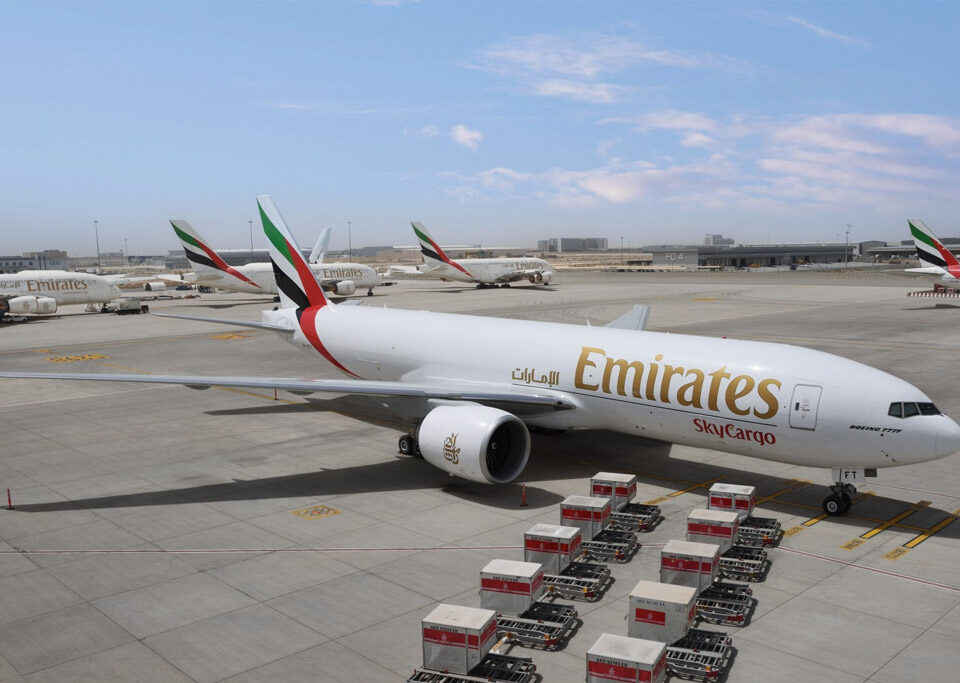Bridge collapse outside Port of Baltimore likely to disrupt supply chain, analysts say
Collapse could ’cause significant disruption to supply chains,’ market analyst says of a major bridge in Baltimore brought traffic at the city’s port to a stop on Tuesday, closing a critical port on the East Coast of the United States.
Marine traffic in and out of the Port of Baltimore was suspended until further notice after a massive container ship smashed into the four-lane Francis Scott Key Bridge early in the morning, causing it to collapse and sending cars and people plunging into the river below.
Commercial ships that had been on their way into the port dropped anchor nearby, according to shipping data. More than 40 vessels, including small cargo ships, tug boats and pleasure craft, were stuck inside the port.
The closure threatens to disrupt supplies of goods, from cars to coal and other commodities like sugar. It could create bottlenecks and increase delays and costs on the eastern seaboard, experts say. The port handles the most car imports in the nation and is among the largest for coal
“While Baltimore is not one of the largest U.S. East Coast ports, it still imports and exports more than one million containers each year, so there is the potential for this to cause significant disruption to supply chains,” said Emily Stausbøll, market analyst at Xeneta, an ocean freight shipping rate benchmarking and intelligence platform.
Stausbøll said the incident would add to challenges to ocean freight services — including drought in the Panama Canal and attacks on Red Sea shipping — which have pushed Far East to U.S. East Coast rates up by 150 per cent in recent months.
The port was the 17th largest in the United States in 2021, according to a government ranking by total tons. Maryland Gov. Wes Moore said the port handled a record amount of foreign shipments, worth $80 billion US.
“The Port of Baltimore is the best port in the nation and one of the largest economic generators in Maryland,” the governor said in a statement last month.

Shipping freezes up after collapse
At least 13 vessels that were expected to load coal were anchored near Baltimore port, according to analysis from Kpler.
Other vessels waiting nearby included container and cargo ships, separate ship tracking data from MarineTraffic showed.
Three vessels inside the port had been due to load commodities, while other smaller ships, including pleasure crafts, were also unable to leave, separate data showed.

The Klara Oldendorff, one of the dry bulk vessels inside Baltimore port, was undamaged but ship transits were halted until further notice, the vessel’s Germany-based owner Oldendorff Carriers told Reuters.
Container shipping traffic was also impacted.
Top Danish container shipping group Maersk said due to the damage to the bridge and resulting debris, it was omitting Baltimore port from all its services “for the foreseeable future, until it is deemed safe for passage through this area.”
The container ship Dali, which collided with the bridge on Tuesday, was chartered by Maersk at the time of the incident in Baltimore.
“With most of Baltimore’s port terminals and all of its container terminals behind the collapsed bridge, containerized exports at or planning to depart from Baltimore will either need to wait until the waterway reopens, or be rerouted by truck or rail to alternate ports,” said Judah Levine of global freight platform Freightos.
Those could include Philadelphia, or the more major East Coast hubs like Norfolk, New York and New Jersey, Levine said.
“Exporters choosing these options could face increased trucking and rail rates if enough volumes are shifted to other ports.”





